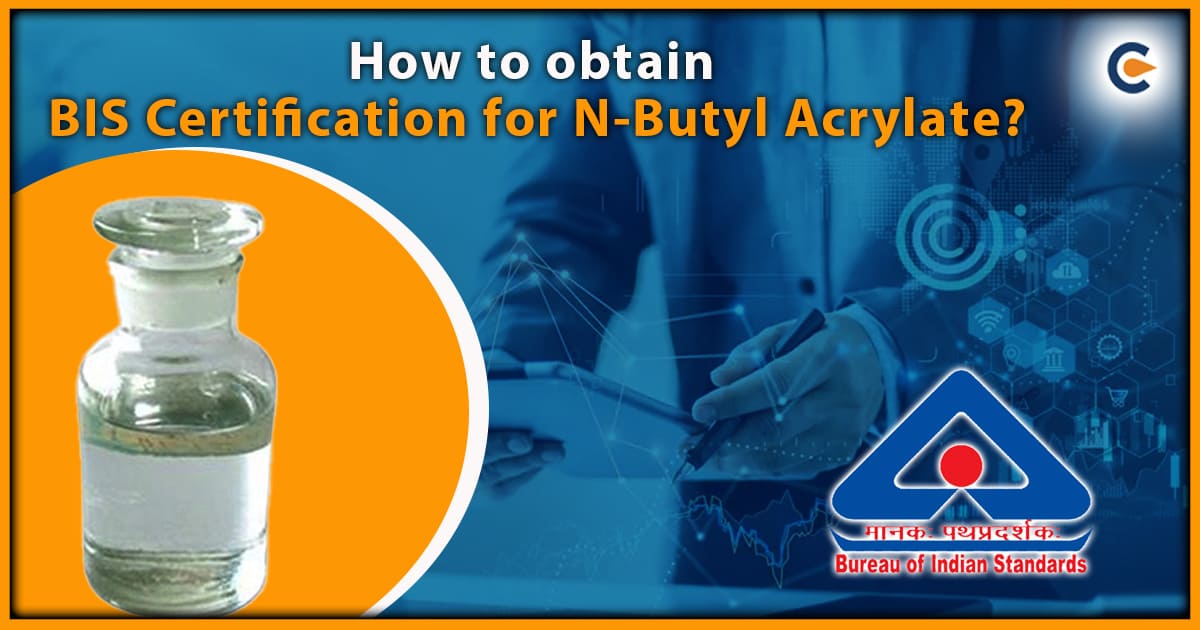The flux-cored arc welding process is made possible by the electrode’s design. This inside-outside electrode comprises a metal sheath covering a core of fluxing as well as alloying compounds. The compounds present in the electrode basically perform the same purpose as the coating on a covered electrode, i.e., slag formers, deoxidizers, and alloying elements. There are certain standards that define how these electrodes should be made and tested for quality. These norms are cited in IS 15769:2008- a type of Indian Standard. The Bureau of Indian Standards, aka BIS, is the governing authority that pens down guidelines and alters the same if necessary in view of the said standard. According to BIS, the manufacturers of these electrodes are required to secure the BIS certificate to qualify for ISI marking. Let’s explore the process of securing BIS certification for flux-cored tubular electrodes.
Understanding the Role of IS 15769:2008
IS 15769:2008 is an Indian Standard that pens down the norms for continuous flux-cored electrodes used in metal arc welding. It also covers electrodes that have shielding gas, depositing carbon or carbon-manganese steel weld metal having a tensile strength equivalent to 610 Mpa.
It’s worth noting that this standard does not cover the electrodes used in electro-gas arc welding, submerged arc welding, and electro-slag welding.
Performance norms under the standard:
- The electrode should be free from any surface deformities. The overall surface finish should be as high as possible.
- The electrode’s surface should not contain any foreign matter that hinders the weld quality.
- A flux-cored electrode’s external diameter should be in line with the measurement given in the standard.
- The standard nomenclature used to identify the flux-cored tubular electrode should appear as follow:
ETXXXXXXHX
Each code above indicates different detail about the electrode. Let’s understand what each code implies: - ET – Flux-cored (tubular) electrode for metal arc welding
- X –Ultimate tensile strength concerning weld metal deposit
- X- Impact value concerning weld metal deposit
- X- Welding position
- X- Type of core ingredients
- X- Type of shielded gas
- X- Electrode use for single-pass or multi-pass
- HX- Maximum diffusible hydrogen content present in the weld metal
Tests to Qualify For BIS Certification for Flux-Cored Tubular Electrodes
IS 15769:2008 requires manufacturers to pass the following test to make their product eligible for ISI marking. Passing these tests is essential to secure the BIS certification for flux-cored tubular electrodes.
- Chemical analysis
- All weld metal tensile test
- Radiographic soundness test
- Fillet weld notch test
- Charpy V-Notch Impact Test
- Longitudinal bend test
- Transverse tensile test
- Diffusible hydrogen test
Marking Norms to Be Followed By Electrode Manufacturers
All electrodes must reflect brand name and classification. Each carton bundle of electrodes must bear a marking as per the standard. Also, there should be ISI marking that vouches for product quality.
The Manufacturer must secure a BIS certification to use ISI marking on their products. The BIS accords the certification only after performing a thorough assessment and quality checks of various parameters, including testing capabilities and manufacturing infrastructure.
Documents to Apply For BIS Certification for Flux-Cored Tubular Electrodes
Following are some vital documents required for BIS Certification for flux-cored tubular electrodes:
- Technical specification of the products.
- List of standards being used to maintain product quality.
- Details about resources present in the in-house testing lab.
- Production facility paperwork, including business registration.
- Lab report from BIS-certified lab.
- Authorization letter from the company’s owner allowing an agent to file an application.
How to Secure BIS Certification for Flux-Cored Tubular Electrodes?
Applying for BIS registration is a vital step toward ensuring that your products fulfil the underlying norms for safety, quality, and reliability. The Bureau of Indian Standards (BIS) is responsible for devising and enforcing standards across different industries vertical in India. Following are the steps you need to follow to secure BIS Certification for flux-cored tubular electrodes.
Step 1: Identity Which Indian Standard Code Covers Your Product
The first step is to determine which IS code applies to the product in question. The BIS portal[1] demonstrates a list of IS codes that encompasses different products.
Step 2: Pass the Mandatory Product Tests
The second step involves the testing of the product at the certified lab. The lab will check whether or not your product meets the underlying quality norms for ISI marking. If any non-conformity appears during the test, the lab will inform you about the same so that you can fix the issue.
Step 3: File an Online Application
The step involves the filing of an online application on the BIS portal. During filing, the portal shall prompt you to render information about the following:
- Testing capabilities
- Plant address
- Available certificates and government clearance
- Product detail and production process
Post rendering the required details the portal will direct you to upload the document and submit the fee. The application fee will also include the charges for on-site inspection.
Step 4: Document checking and on-site inspection
In this step, document checking and on-site vetting will take place and it will be performed by the BIS officials. This process may last for 15 or more days to complete based on the complexity of the product and the paperwork.
Step 5: Grant of certification
After getting assured of the documents’ authenticity and reviewing the lab report, the authority will decide whether or not to grant the BIS certification for flux-cored tubular electrodes. The certificate shall be awarded if the outcome of the authority’s assessment comes out positive.
Conclusion
Securing BIS certification for flux-cored tubular electrodes will ease the legalities of using the mandatory ISI marking. Despite being a legal requirement, affixing ISI marking lends various benefits to the business owner such as improved customer reach, elevated market presence, and more trust among target customers.
Read Our Article: How To Obtain BIS Certification In India?













